Afternoon of April 26
Echoes of a new era
Beijing Film Academy Contemporary Art Five-Person Exhibition
Academic Seminar
At Beijing Film Academy Haidian Campus
C Building Room 429 Officially Held
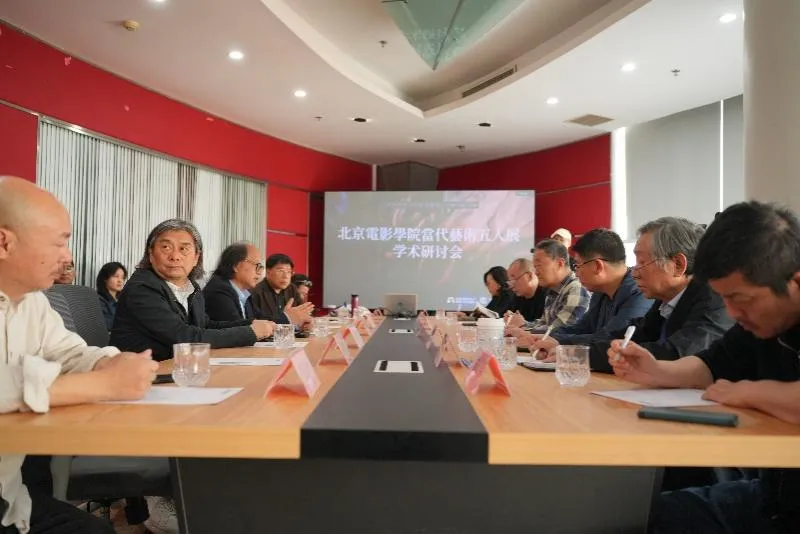
Zhang Xiaoling, member of the China National Academy of Painting, first opened the seminar and introduced the theme of the seminar, which is the combination of exhibition and art disciplines. The guests at the seminar were composed of experts and scholars of all ages. The guests shared their topics in order based on their own fields and disciplines. During the exchange, the participating artists had round-table discussions and free speeches. Finally, Professor Li Jianping, the participating artist and Dean of the School of Animation of the Beijing Film Academy, gave a summary speech. This special seminar was hosted by Professor Chen Chiyu.
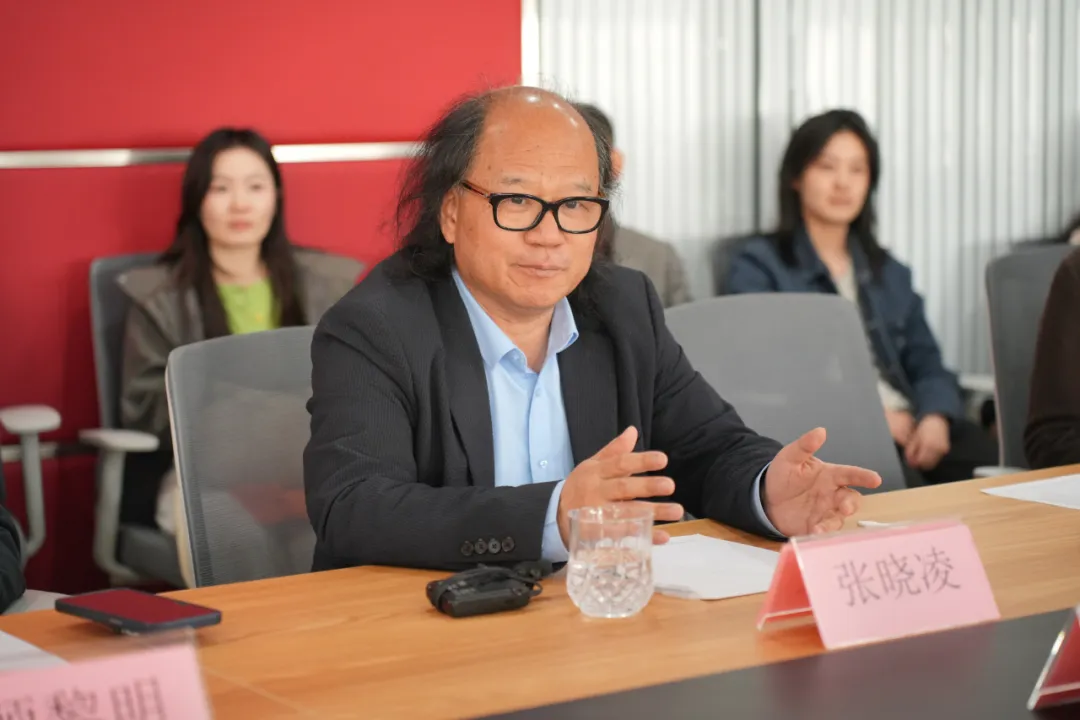
Professor Zhang Xiaoling’s opening speech revolved around the construction of fine arts disciplines and professional doctoral training in the Film Academy, focusing on the exploration and practice of practical talent training. There is no clear standard for the training of professional doctoral students. There are still great controversies in the ratio of papers to creations and the graduation evaluation system. It is necessary to formulate special plans based on the characteristics of the school. Zhang Xiaoling called on the academic community to further brainstorm and jointly solve the paradox of the emphasis on academic ability and professional ability in the training of professional doctoral students, and jointly promote the innovative development of disciplines.
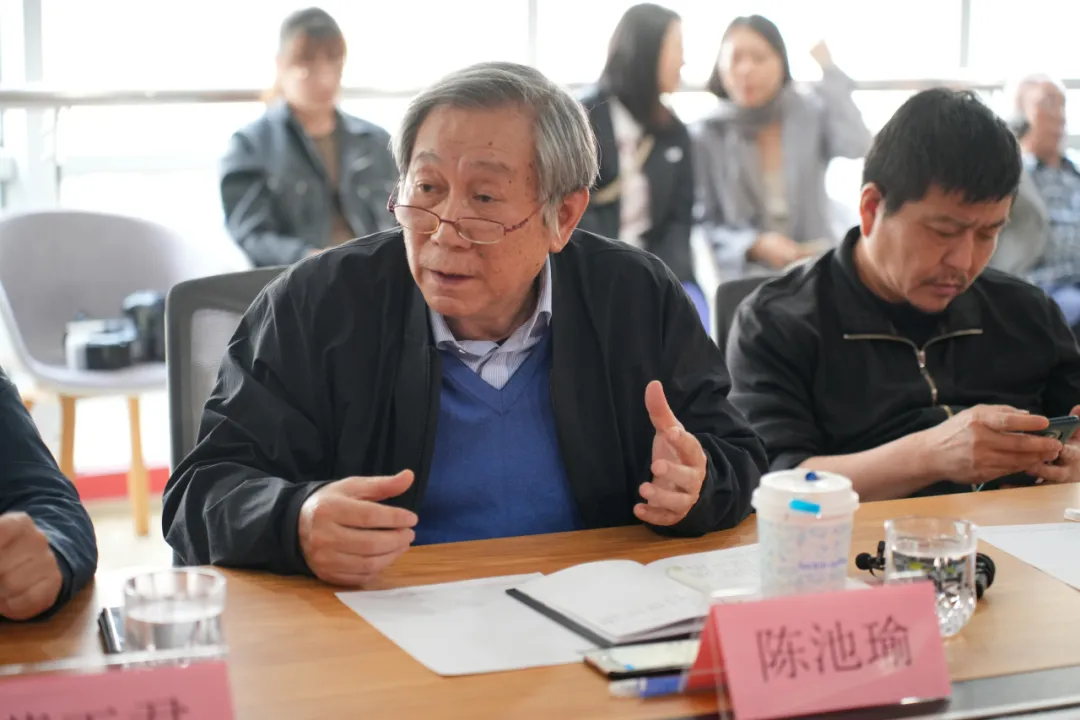
Professor Chen Chiyu affirmed the significance of the contemporary art exhibition “Echoes of the New Era” held by the Fine Arts Department of the Beijing Film Academy. He pointed out that the exhibition not only meets the needs of discipline development and talent training, but also highlights the characteristics of the film academy, especially in the context of the establishment of professional degrees in fine arts and calligraphy, it has an important demonstration role. Although the exhibition is not large in scale, the works are of high quality and diverse in style, covering a variety of forms such as painting, sculpture, and video, fully demonstrating the unique creative concepts of the artists. He particularly mentioned the works of participating artists such as Professor Sun Lijun, believing that they combine traditional and modern elements and embody a distinctive personal style and innovative spirit. Professor Chen also emphasized that the exhibition provides a platform for exploring the development direction of contemporary art and exploring a contemporary art path with Chinese characteristics.
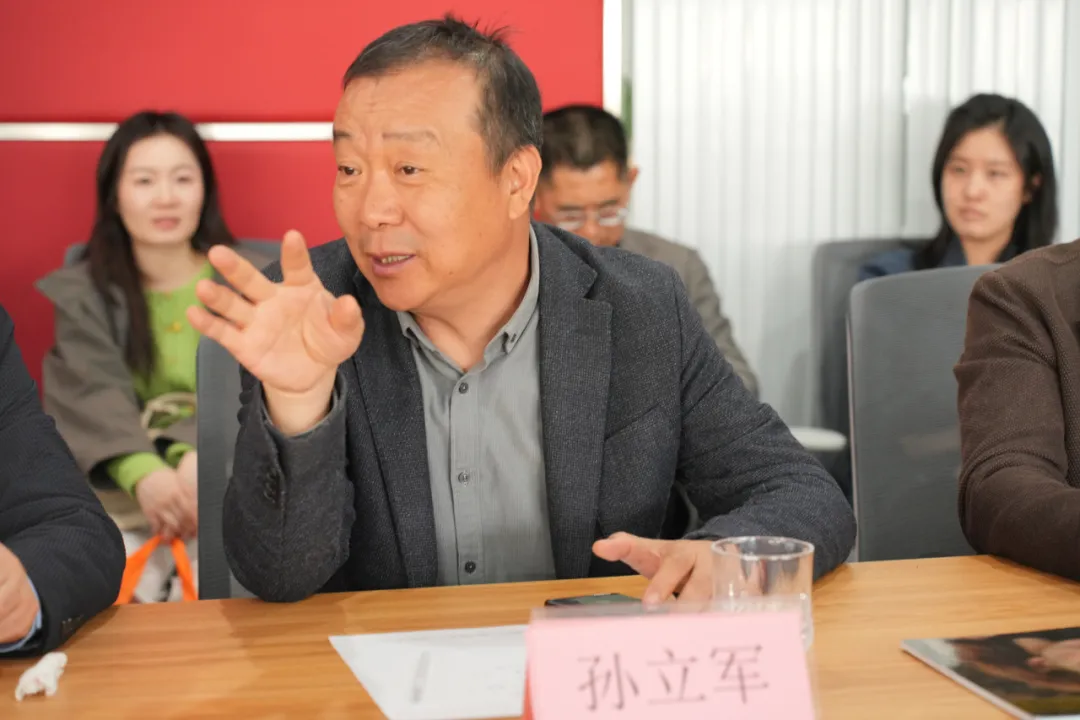
Professor Sun Lijun reviewed his experience in promoting the construction of the Film Academy and the development of the discipline, and once again emphasized that academic doctorates and professional doctorates should be clearly distinguished. He took animation education as an example, pointing out that Chinese animation started in the era of technological development, and there are problems such as a decline in aesthetics and weak basic training. Professor Sun Lijun proposed that the cultivation of should clarify the standards of works and emphasized the importance of discipline evaluation. He hopes to use this exhibition as an opportunity to promote the reform of fine arts doctorate education and improve students’ professional literacy and creative ability. At the same time, he expects the experts present to provide guidance and suggestions for the development of fine arts doctors in the Film Academy.
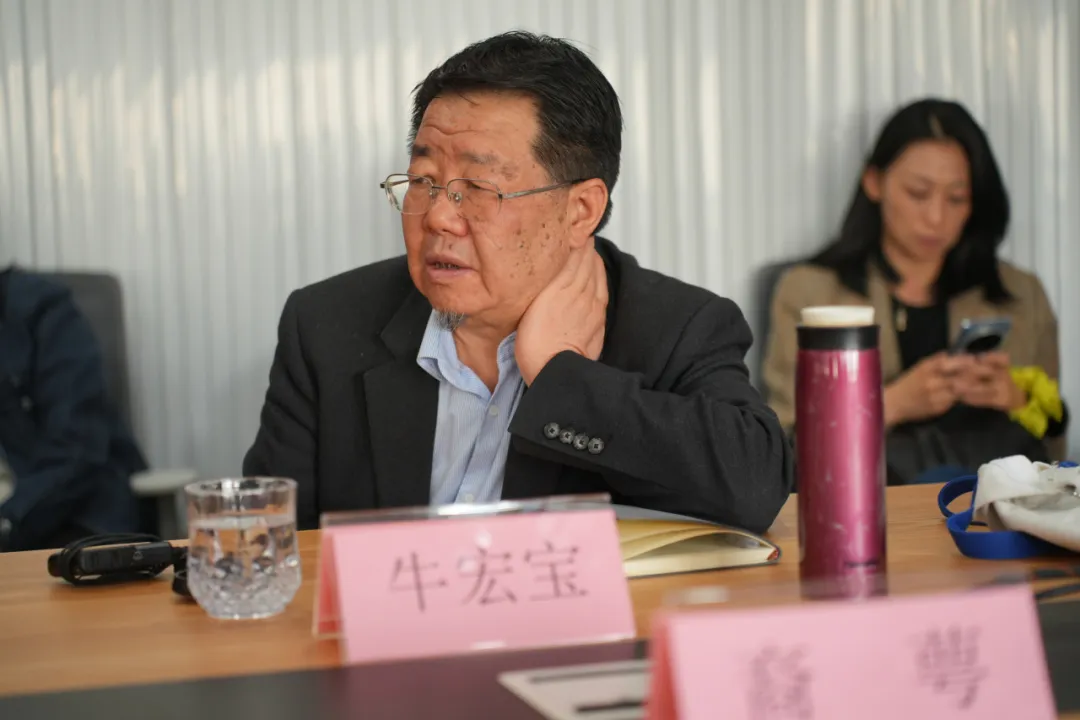
Professor Niu Hongbao spoke first. Technological development seems very dangerous now, but it is actually a kind of fear-mongering. It is true that digital technology has blurred the boundaries of many thoughts and expressions, but in the current AI era, how people reflect their own reality and how to generate the presence of the body and feelings are the creative focuses that humans should consider in the current era.
The works of the five participating artists show a distinct personal style and a profound sense of reality. For example, Professor Sun Lijun’s sculptures and Professor Li Jianping’s storyboard manuscripts all reflect how the artists deeply integrate physical experience and spiritual exploration. He took the “sense of gravity” in the picture as an example, pointing out that no matter how technology advances, art education and creation should focus on vivid life experience and emotional expression to avoid falling into the dilemma of “first-class technology and inferior content”. Professor Niu called for the extension of human touch and perception through artistic creation. How the logic derived from feelings can be extended through technology is the logic of talent development today.
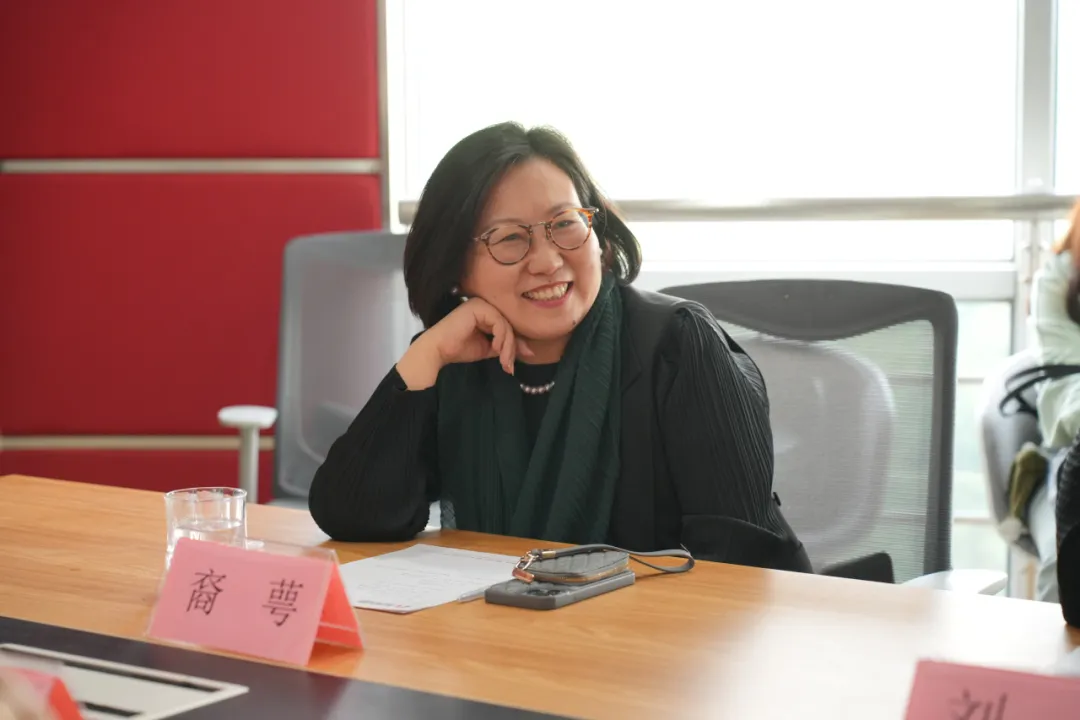
Yi E, director of the research department of the National Art Museum of China, said that it is of great significance for the Beijing Film Academy to hold such a high-level contemporary art exhibition. She pointed out that the five participating instructors have a pivotal position in the field of art, and their works not only show the style of contemporary Chinese art, but also reflect the deep integration of film history and art history. The exhibition has triggered a deep thinking about the relationship between science and technology and humanities.
Yi’e emphasized that artistic creation should be centered on humanities . In the context of the “three losses” of technology being out of control, the climate being out of balance, and the human spirit being weightless, students should be cultivated with sound personalities and profound humanistic connotations, rather than simply pursuing technical means. She used Feng Zikai as an example to explain the decisive role of the artist’s personality and humanistic qualities in the influence of his works. Yi’e believes that the essence of art education is to cultivate artists with sound personalities and humanistic care, so that they can inspire society through art and enhance the aesthetic realm of mankind. She called for art education to return to its essence, pay attention to the original intention of art and education, and cultivate artistic talents who can bring positive impacts to society.
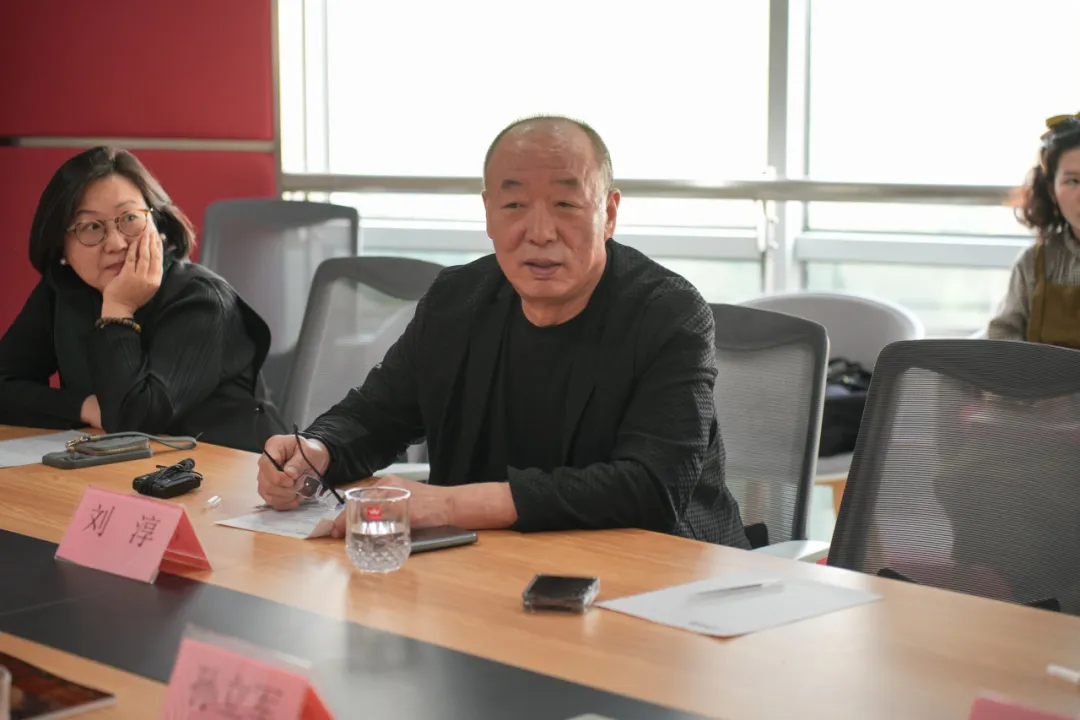
Liu Chun, a famous critic and curator, talked about the characteristics and uniqueness of contemporary exhibitions. The most important thing for contemporary students is to broaden their horizons, increase their knowledge, and return to common sense. He believes that although this exhibition is small in scale, it is rich in content, covering a variety of art forms such as oil painting and Chinese painting, providing teachers and students with an opportunity to broaden their horizons. Liu Chun spoke highly of the participating artists and believed that their works have profound humanistic connotations and artistic value.
He stressed that art education should focus on cultivating students’ broad vision and reflective spirit, and encourage students to absorb nutrition in the tide of the times. Liu Chun also pointed out that current art education needs to be thoroughly reflected, and should go beyond the boundaries of traditional disciplines and explore interdisciplinary and cross-media education models to cope with changes and developments in the field of art. Taking the Cross-Media College of the China Academy of Art as an example, he emphasized the importance of discipline construction and called for art education to return to common sense and focus on the all-round development of students.
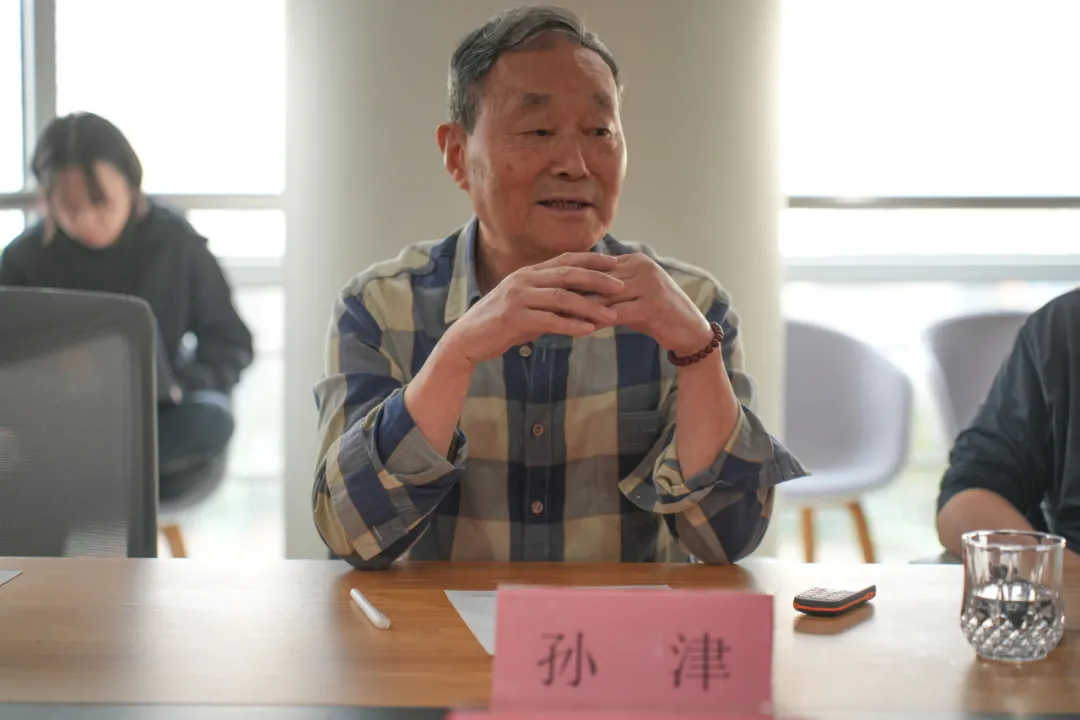
Sun Jin, a professor at Beijing Normal University and China Agricultural University, shared his views on contemporary art. He believes that contemporary art is like a medium without a fixed form, which is independent and open. It can reflect reality or not, and its meaning is given by the audience and the creator. Sun Jin emphasized that contemporary art is a kind of “self-independent space” that exists but is discontinuous, just like the gap between neurons or the transition of subatomic particles.
He used the works in the exhibition as examples to illustrate that contemporary art can lead people to enter the space created by the works, thus generating unique feelings and thoughts. Sun Jin also mentioned that the changes of the times and the passage of time are the products of people giving meaning, and contemporary art is to fill the gap of meaning for the times. He believes that the name of the exhibition “Echoes of the New Era” also contains a profound reflection on the relationship between contemporary art and the times. Finally, Sun Jin pointed out that the spirit of contemporary art lies in creation and giving meaning, and the same is true for history, which can be adjusted as people reinterpret the past.
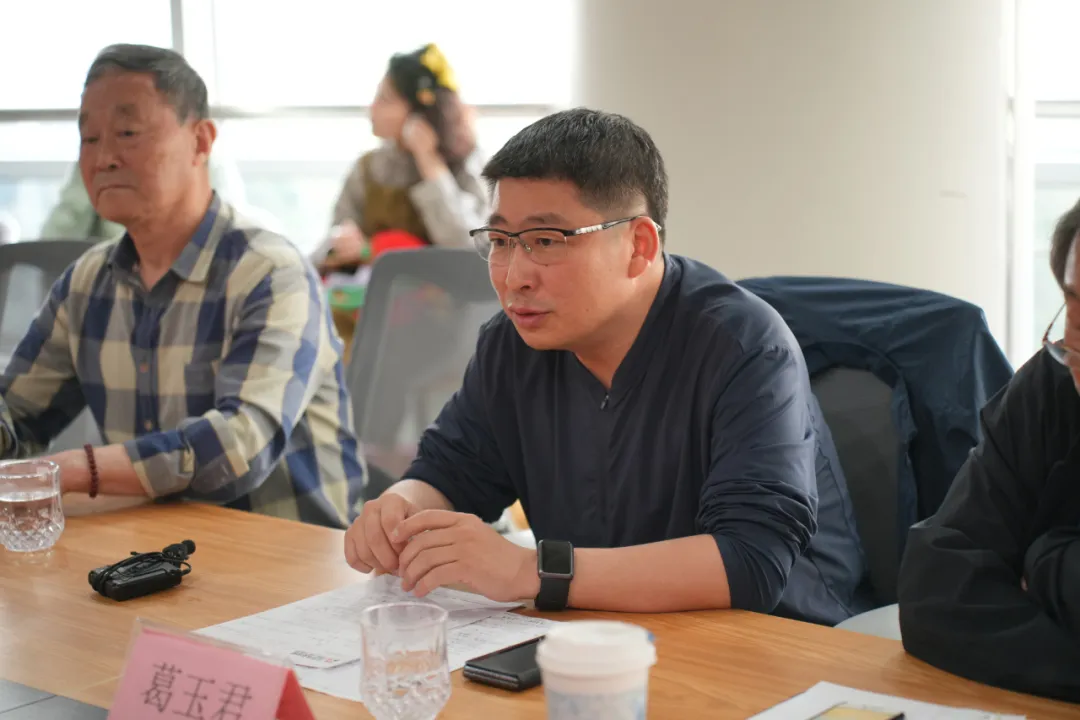
Professor Ge Yujun, Party Secretary of the Graduate School of the Central Academy of Fine Arts, first introduced the development history of professional doctoral education, pointing out that the Film Academy established professional doctoral programs in 2011 to cultivate compound artistic talents. He mentioned that the training standards for professional doctoral programs have always been the focus of discussion, and that a balance between theory and practice is needed. Professor Ge believes that this exhibition embodies educational principles such as digitalization and interdisciplinary studies, and showcases the characteristics of the Film Academy in the fields of fine arts and calligraphy.
He emphasized that the works of artists born after the 1960s are rich in historical and philosophical meanings, providing reflection and inspiration for young artists. Finally, he proposed that the academic school should adhere to tradition and innovate on a conservative basis , emphasizing that art education should return to its essence and focus on the original intention of art and education.
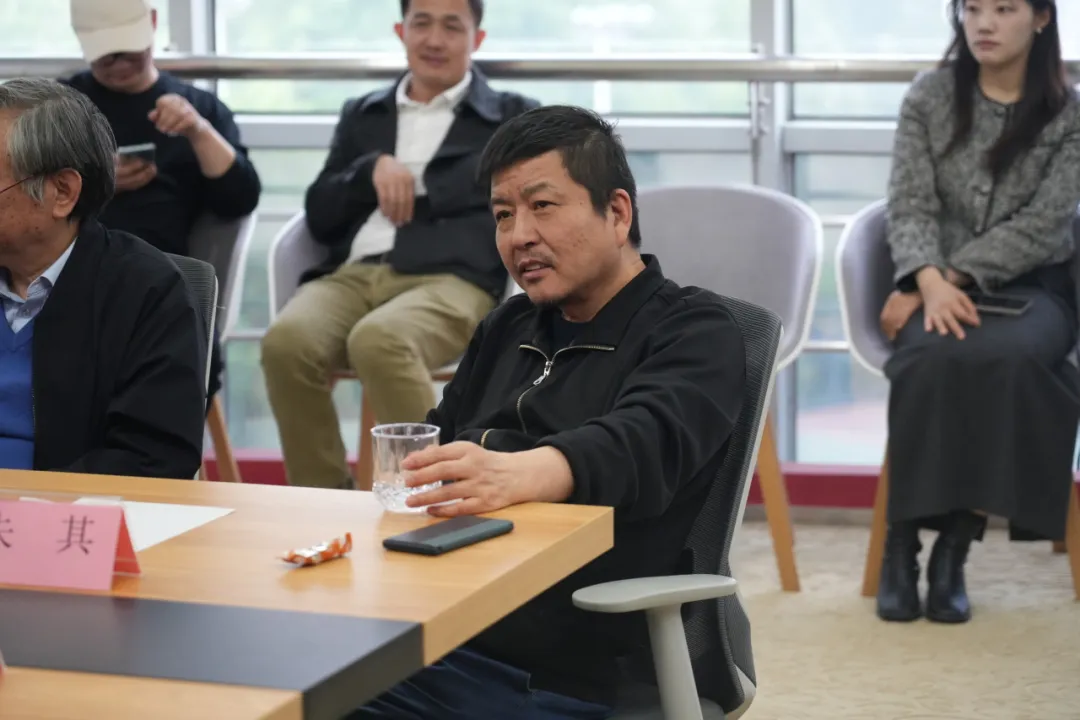
Zhu Qi, a researcher at the China National Academy of Painting and a famous critic, discussed the relationship between film and contemporary art animation in his speech . He pointed out that Western films initially imitated literature and painting, and later formed their own language, which influenced novels and paintings. Zhu Qi emphasized the dynamic narrative characteristics of film and believed that domestic films were insufficient in terms of literary quality and avant-garde visual training.
He also mentioned that animation is an independent system, and the types of domestic animation styles are limited. Currently, it is greatly influenced by Hollywood and Japan. Zhu Qi believes that domestic film production technology has approached the level of Hollywood, but there is still room for improvement in artistic language. He also talked about the issue of doctoral education, pointing out that domestic art doctoral education has problems such as insufficient faculty and substandard thesis quality, and needs to strengthen the combination of theory and practice.
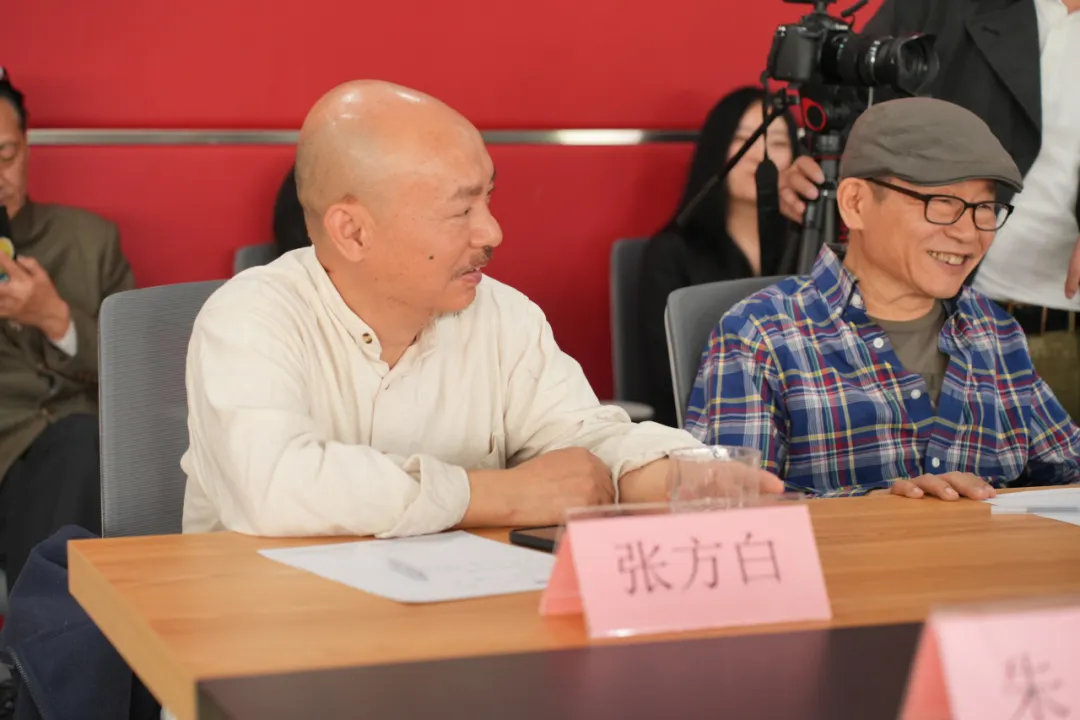
Professor Zhang Fangbai, Director of the “Chinese Expression” Center of the School of Fine Arts of East China Normal University, expressed his high respect and expectations for the five participating artists in his speech. He reviewed his relationship with each artist, praised their works for their great energy, and said that although the exhibition was medium-sized, it had far-reaching significance.
Zhang Fangbai pointed out that after 40 years of development, it is expected that Chinese contemporary art will be able to break away from the simple imitation of Western art on the basis of years of development, and form a cultural and artistic school or new trend with Chinese characteristics, so that Chinese contemporary art can dialogue with international art, and Chinese artists can break through the current bottleneck of academic art, bring new vitality and creativity, and promote the further development of Chinese contemporary art.
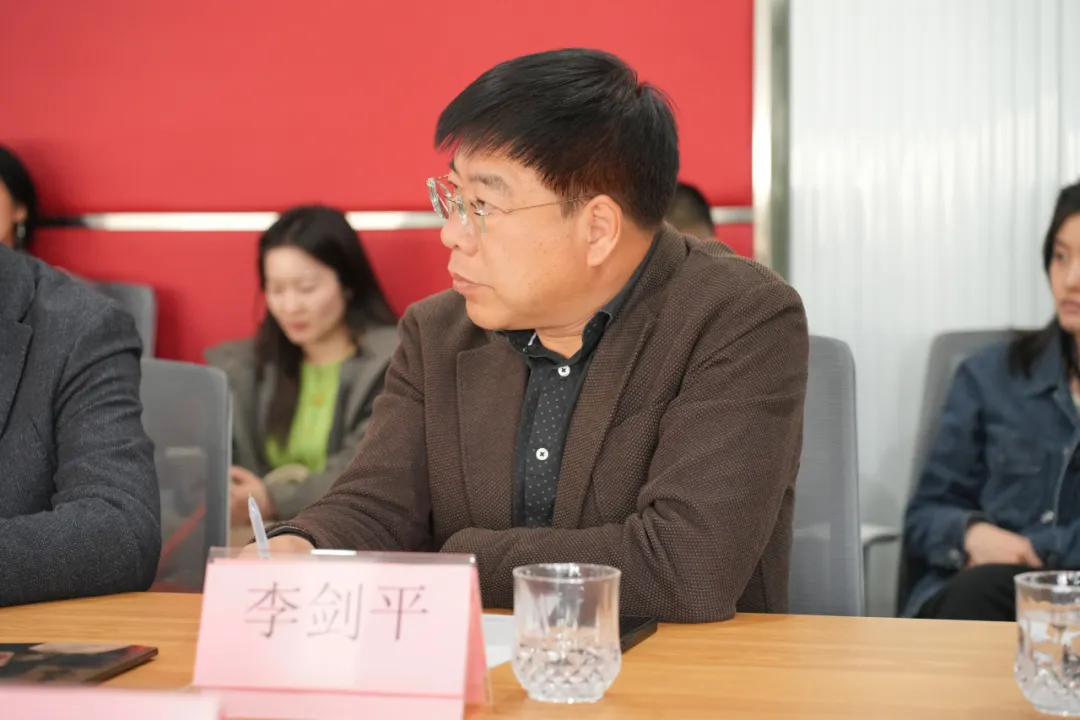
Finally, Li Jianping, Dean of the School of Animation at the Beijing Film Academy, made a concluding speech. He once again thanked the experts for their encouragement and support, and emphasized the significance of this exhibition. He pointed out that although the exhibition was small in scale, it was full of fine works, showing the profound skills and unique styles of the artists. Li Jianping once again emphasized the importance of the construction of fine arts disciplines, and believed that the combination of this exhibition and seminar could provide valuable experience for the training of professional doctoral students and promote the development of fine arts disciplines at the Beijing Film Academy.
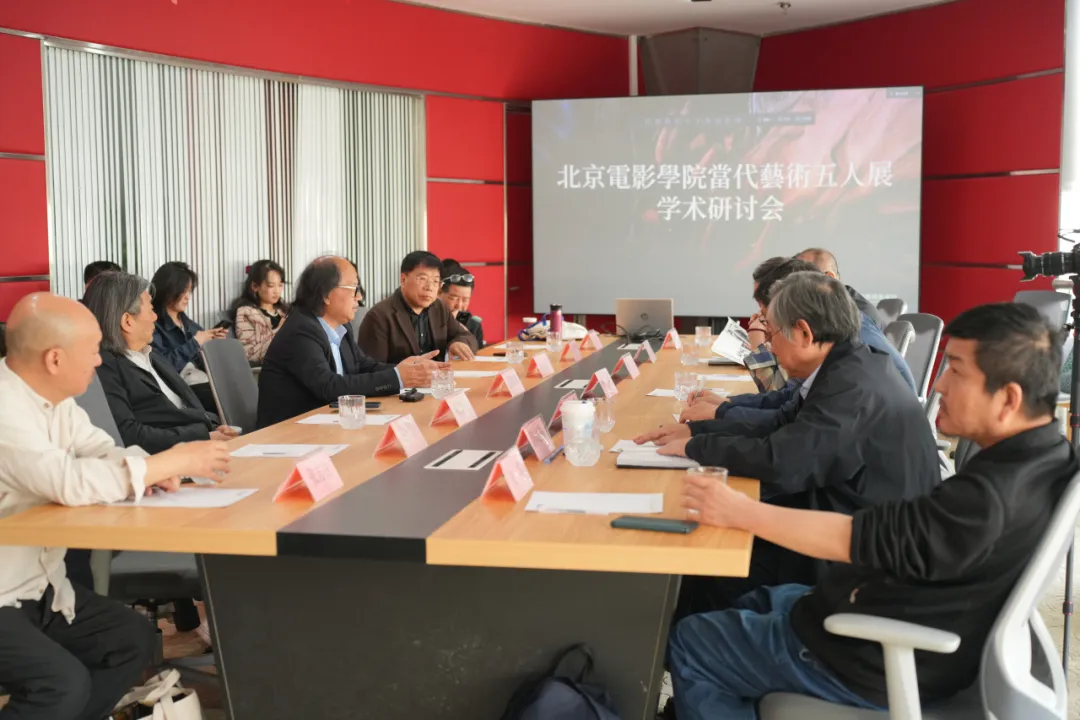
Dean Li Jianping also mentioned that the development of contemporary art needs to combine technology and new media, tap into traditional cultural resources, and form a contemporary art style with Chinese characteristics. He particularly pointed out that this exhibition not only showcases the achievements of artists in the fields of film and animation, but also reflects their innovation and inheritance of traditional art forms. Dean Li Jianping hopes that such exhibitions and activities can continue to be held in the future, combining industry and education to create an important platform for promoting the development of contemporary Chinese art. Dean Li Jianping invited all experts to continue to pay attention to and support the construction of the fine arts discipline of the Beijing Film Academy, and looked forward to more cooperation with various institutions to jointly promote the development of contemporary Chinese art.
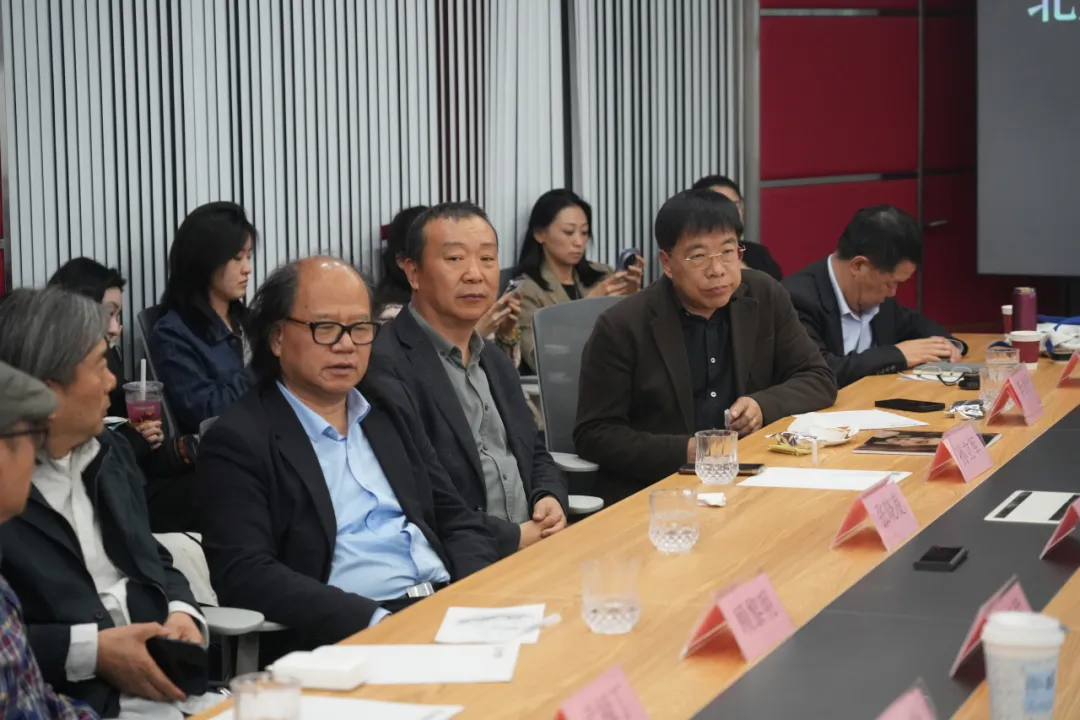
The seminar was attended by many authoritative experts from the China National Academy of Painting, the Central Academy of Fine Arts and other institutions. It was based on the creative exhibitions of university teachers and provided theoretical support and practical examples for the reform of the training mechanism for higher-level art talents. It marked a key step for the Beijing Film Academy in its innovative exploration of art education in the new era.
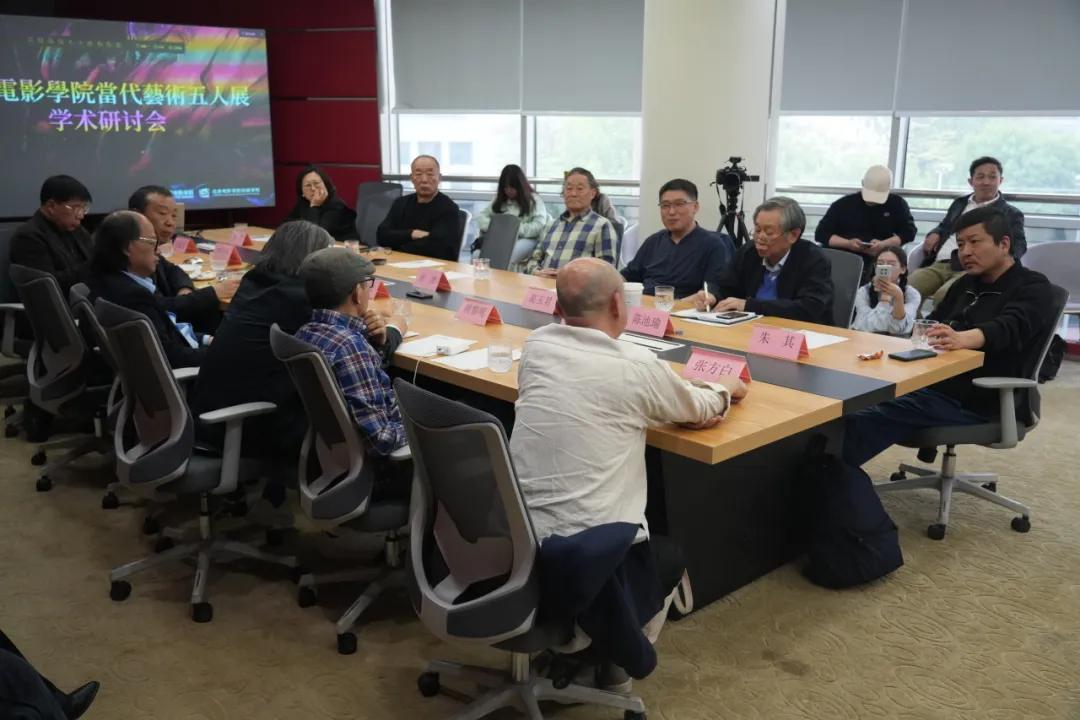
In this seminar, a number of consensuses were reached on professional doctoral training: clarify the differentiated positioning of academic and professional doctoral students, establish assessment standards dominated by creative achievements; deepen interdisciplinary teaching reforms, promote the deep integration of fine arts, film and television, and digital technology; strengthen the ability to transform traditional cultural resources, and explore contemporary art languages with Chinese characteristics. In the future, Beijing Film Academy will take the exhibition as an opportunity to optimize the top-level design of fine arts disciplines, build a “creation-teaching-industry” linkage mechanism, cultivate high-level artistic talents with international vision and cultural roots, use fresh life experience and emotional expression to inject soul into art, and make their own voices in the excitement of the new era.














